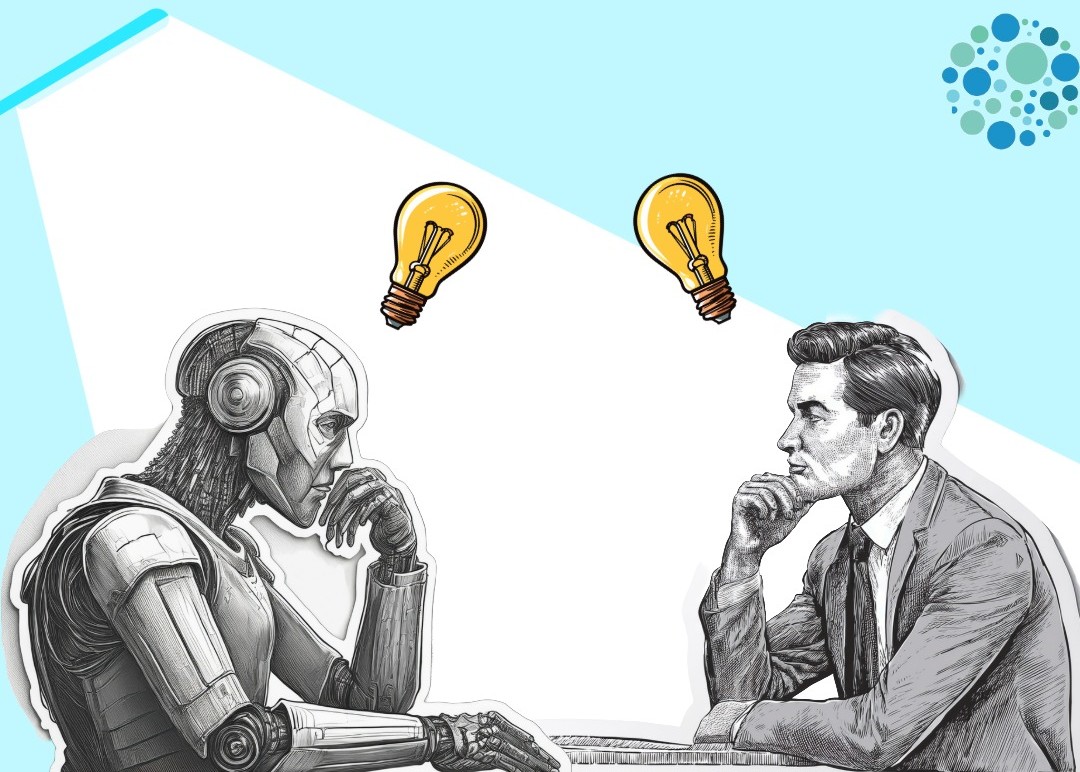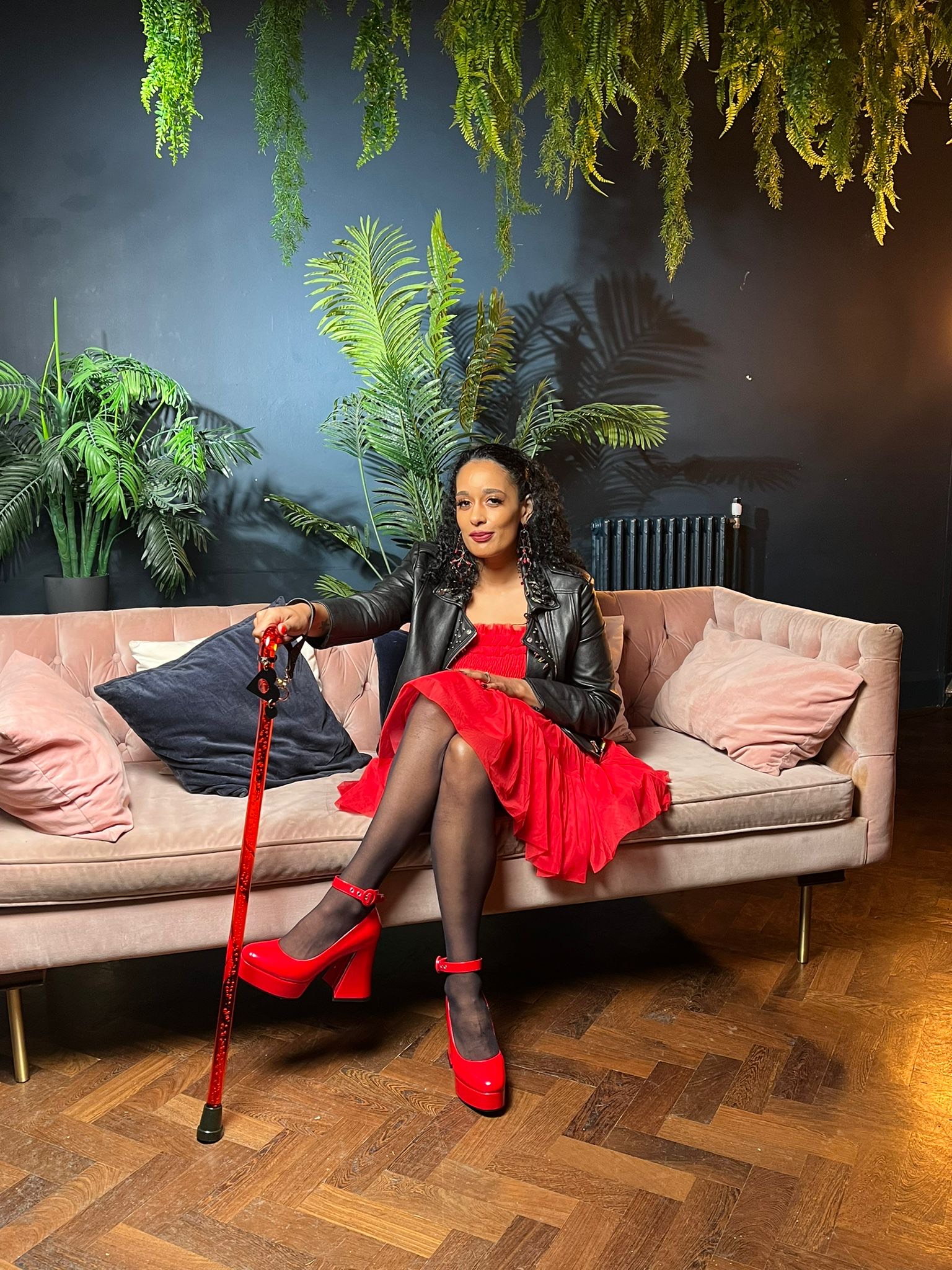At LDA Research, we know that behind every data point is a real person, a real family, and a real story.
We’re sharing one of those stories from Mariah from Minnesota, USA. It’s a story about her, her son and navigating a rare disease diagnosis, the challenges of accessing specialized care, and what she’s learned about the patient and caregiver experience from the inside.
Read part 1 of her story below.
A Journey of Resilience: Marcus’ Fight Against Rare GRIN2A Disorder
Marcus (2 years old) is bright, joyful, full of curiosity, and the kind of child who lights up every room. Until earlier this year (2025), he was meeting all his milestones, often ahead of schedule, walking, talking, thriving.
Then, everything changed.
We began noticing in March 2025 that Marcus was regressing – quickly – in his speech, motor skills, and overall development. Eventually, he became nonverbal. At first, we suspected a hearing issue, but multiple ENT visits ruled that out. It wasn’t until we shared a concerning video with his pediatrician that we were urgently referred to the ER for an inpatient neurology workup.
That hospital stay revealed abnormal brain activity consistent with seizures. He started on medication, but the side effects were severe and unmanageable. Since then, he’s tried three different medications, none of which have been effective, and some have made things worse. His seizures have since become more frequent and intense, leading to another hospitalization.
During that second hospital stay, we began the process of genetic testing. A few months later, we received a diagnosis that has completely changed our world: Marcus has GRIN2A and because GRIN2A is so rare, most doctors have limited knowledge of how to treat it.
Since the diagnosis, our lives have revolved around managing Marcus’s care. We’ve had to take on the roles of advocates, researchers and case managers, often without clear guidance or support. We’re now traveling out of state to specialists in Colorado and Pennsylvania just to access doctors who have experience with GRIN2A. The emotional toll is immense.
Marcus’s older brother has stepped into a quiet, protective role, one we never asked him to take on, but one he carries with grace. This journey affects our whole family, and we try to make space for everyone’s emotions, needs, and growth.
This is not a story about pity. It’s about resilience. About showing up every day in the face of the unknown. Marcus is not defined by his diagnosis, it’s just one part of his beautiful, unfolding story. He continues to teach us how to slow down, listen differently, and celebrate every small victory.
Though we’re the ones sharing our story, this is Marcus’s journey. Our job is to walk beside him to advocate fiercely, love unconditionally, and do everything we can to create a life filled with joy, dignity, and possibility.
We know we’re not the only family facing something like this. And by sharing what we’re going through, we hope others walking similar paths feel a little less alone.
Marcus’s Superpowers: His Light, His Connection, and His Extraordinary Strength
Marcus’ superpowers are his ability to connect and his light.
Even without words, Marcus has such a powerful way of reaching and teaching people through a silly look he gives, or when he smiles to show off his deep dimples, he truly has a presence that makes you pause and feel. He reminds people around him to slow down, to really listen, smell the flowers, and to see the world with more compassion and care. That’s not something you can teach someone; that’s something you feel in your bones when you’re near him.
He has the kind of strength and resilience that most people never have to develop. But Marcus lives it every single day and that makes him truly an extraordinary, rare superhero.



